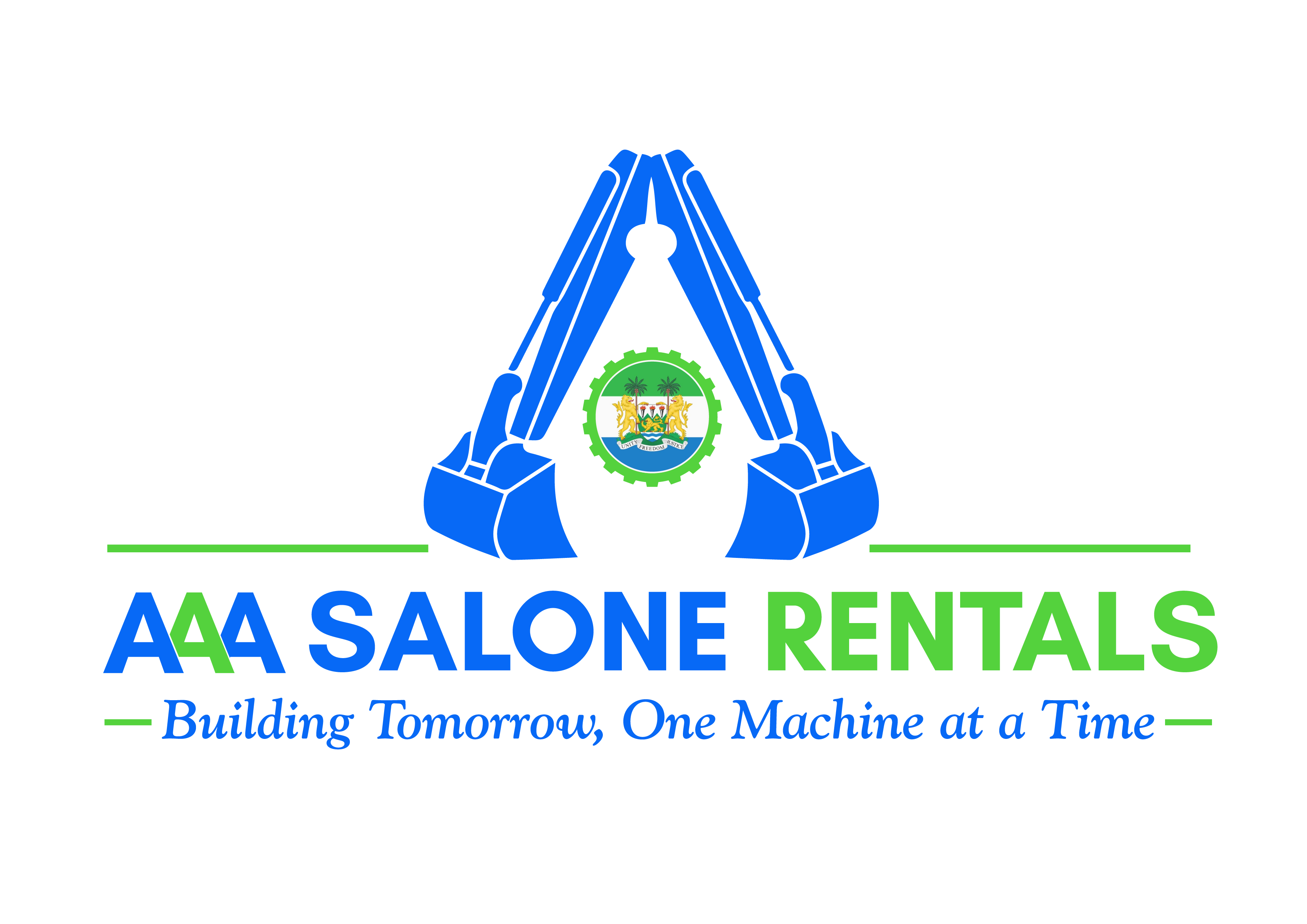
Human Centered Approach to Construction Safety
Human-Centered Approach to Construction Safety
Adopting a human-centered approach to construction safety emphasizes prioritizing the well-being, needs, and capabilities of workers. This approach involves designing safety protocols, work environments, and procedures that focus on human factors, ultimately leading to a safer and more efficient construction site. Here are key elements and strategies for implementing a human-centered approach to construction safety:
1. Worker Involvement and Engagement
- Inclusive Safety Planning: Involve workers in safety planning and decision-making processes. Their firsthand experience and insights can help identify potential hazards and practical solutions.
- Feedback Mechanisms: Establish regular channels for workers to provide feedback on safety practices and report hazards without fear of retribution. Implement suggestions and communicate changes back to the workforce.
2. Ergonomic Design
- Tool and Equipment Design: Choose tools and equipment designed with ergonomics in mind to reduce physical strain and the risk of injury. Consider weight, handle design, and ease of use.
- Workstation Layout: Design workstations and construction areas to minimize awkward postures, repetitive motions, and excessive physical exertion. Ensure that materials are within easy reach and that work surfaces are at appropriate heights.
3. Comprehensive Training Programs
- Behavioral Safety Training: Provide training that focuses not just on what to do, but also on why certain practices are important. Use real-world examples to illustrate the consequences of unsafe behavior.
- Continuous Learning: Offer ongoing education and training opportunities to keep workers informed about the latest safety practices, technologies, and regulations.
4. Health and Well-being Initiatives
- Mental Health Support: Recognize the impact of mental health on safety and productivity. Provide access to mental health resources, counseling services, and stress management programs.
- Wellness Programs: Implement wellness programs that encourage healthy lifestyles, including regular exercise, proper nutrition, and adequate rest. Offer incentives for participation.
5. Safety Culture and Leadership
- Leadership Commitment: Ensure that management demonstrates a genuine commitment to safety. Leaders should model safe behavior, allocate resources for safety initiatives, and recognize and reward safe practices.
- Empowerment: Empower workers to take ownership of their safety and the safety of their peers. Encourage them to speak up about hazards and to stop work if they believe it is unsafe.
6. Technology Integration
- Wearable Safety Technology: Use wearable devices to monitor worker health indicators such as heart rate, temperature, and movement. These devices can alert workers and supervisors to potential health issues before they become serious.
- Safety Apps and Platforms: Implement mobile apps and platforms that facilitate real-time communication of safety information, incident reporting, and access to safety resources and training materials.
7. Design for Safety (DfS) Principles
- Prevention through Design: Integrate safety considerations into the design phase of construction projects. This includes selecting materials, planning work processes, and designing structures to minimize risks.
- Safe Work Procedures: Develop and implement safe work procedures that are based on best practices and tailored to the specific needs and conditions of each project.
8. Environmental Controls
- Climate and Weather Adaptations: Ensure that work environments are adapted to weather conditions, such as providing shade and hydration stations in hot climates or heated shelters in cold climates.
- Noise and Vibration Control: Implement measures to control noise and vibration levels, which can affect both safety and worker health. Use noise barriers, vibration-dampening equipment, and provide hearing protection.
9. Incident Analysis and Improvement
- Root Cause Analysis: Conduct thorough investigations of incidents and near-misses to understand the underlying causes. Use these insights to improve safety protocols and prevent recurrence.
- Continuous Improvement: Establish a culture of continuous improvement where safety practices are regularly reviewed and updated based on feedback, new technologies, and changing regulations.
Conclusion
A human-centered approach to construction safety focuses on the well-being and needs of workers, leading to a safer, more productive work environment. By involving workers in safety planning, prioritizing ergonomic design, providing comprehensive training, and leveraging technology, construction sites can reduce accidents and enhance overall safety culture. This approach not only protects workers but also contributes to the efficiency and success of construction projects.
